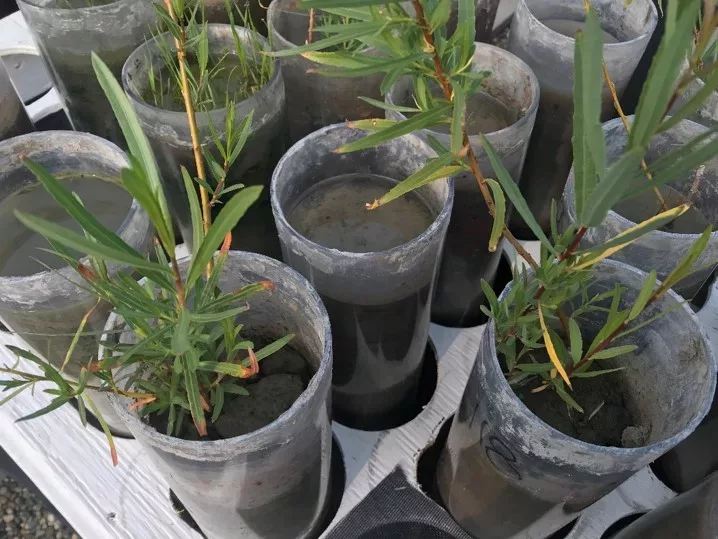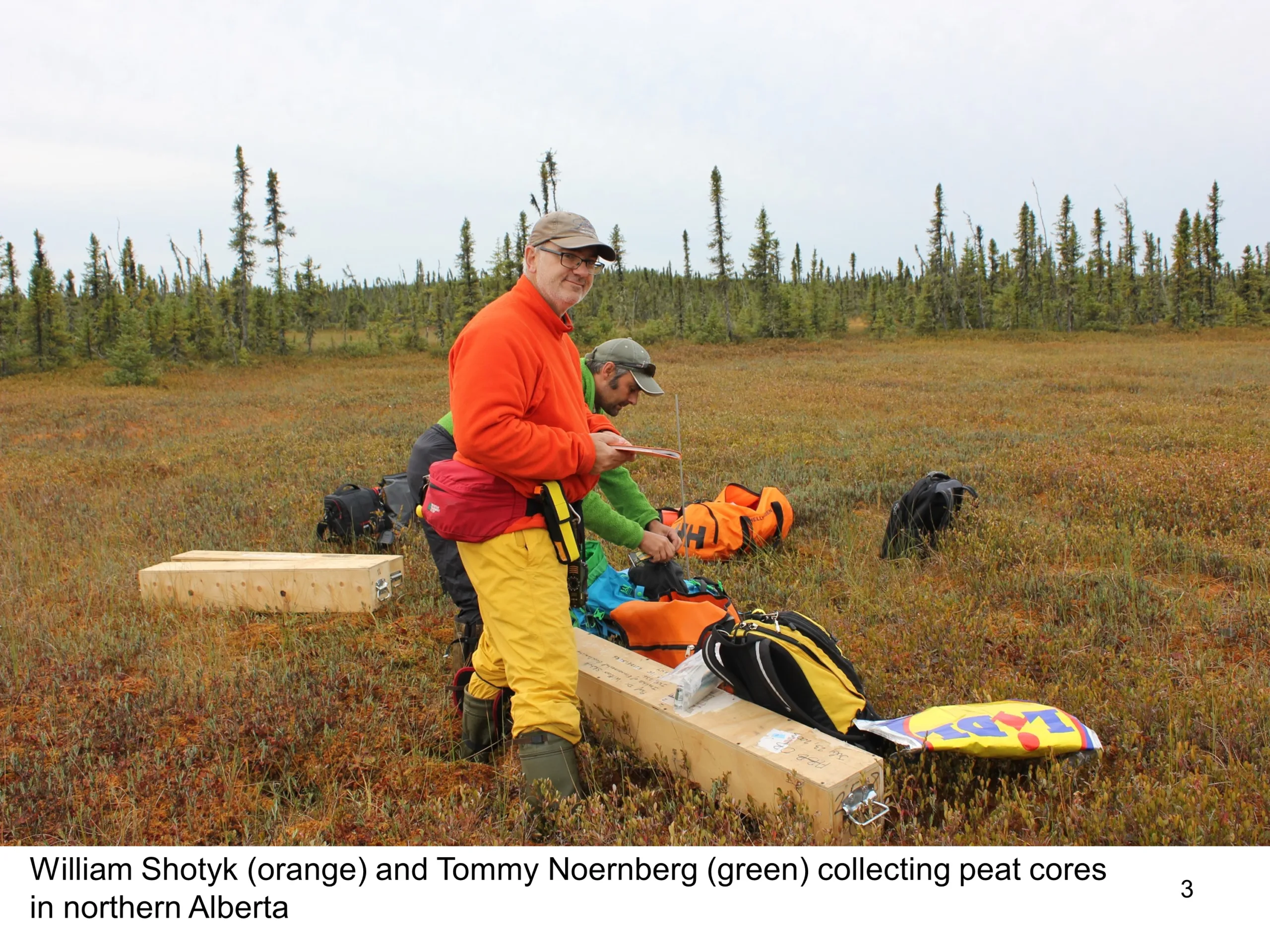Bugs Help Vegetation Grow on Tailings

Efforts by Canada’s oil sands industry to lessen its environmental footprint have resulted in globally significant work to reduce impacts to air, water and land and support biodiversity in Alberta’s boreal forest.
The industry aspires to be a world leader in environmental management.
Here’s one example of the work underway by Pathways Alliance companies: treating tailings.
Bugs help vegetation grow on tailings
Harnessing the power of the brightest minds is the key to driving innovation forward. So, when Victoria Collins, a microbiologist at the Northern Alberta Institute of Technology (NAIT), met colleague Amanda Schoonmaker, who leads NAIT’s forest reclamation applied research program, they wondered if combining their efforts would result in novel ways to remove water from tailings more efficiently.
Tailings are the mixture of water, clay, sand and other fine materials left over after oil sands mining and they are stored on the facility site for future reclamation. But the tailings mix must be dense enough to be incorporated into a reclaimed landscape.
“The goal with tailings is to remove enough water so that the ground is trafficable, which means it is firm enough to drive on,” Collins explains.
Collins studies industrial microbiology, including bacteria that live in tailings and release large amounts of nitrogen back into their environment, a vital nutrient for trees and plants to flourish. Schoonmaker’s research focuses on novel ways to grow trees and grass on tailings, where their roots operate like a straw to capture and remove water from deep below the surface. The researchers wanted to see if combining bacterial communities with native plant species might result in technology that enhanced the ability of plants to remove water from tailings.
This project, and others like it, are managed through COSIA, the innovation arm of Pathways Alliance. Pathways members are working to accelerate the pace of environmental performance in the oil sands through a large number of projects that focus on tailings research, land reclamation, water management, and emissions reduction.
Bugs and veggies
Nicknamed “Bugs and Veggies,” this outdoor growing trial aimed to determine if naturally occurring bacteria could improve the development and growth of native plants by fixing nitrogen in the tailings. From a plant perspective, tailings are nutrient poor, so a special protein-rich amendment developed at NAIT was also added as another component in the mix.
The outdoor trial in Peace River, Alberta, consisted of 300 plastic columns, each 10 cm (about 3.94 in) wide and one meter tall, filled with combinations of native plants, tailings, protein-rich amendments, and bacteria. The columns were then left upright, above ground, for three months to see what happened.
Recipe for success
“We were looking for the best combination of treatments based on outcomes such as increased root depth, better plant growth and nutrient content, and how dense the tailings material became over time,” Collins explained. One question she had was whether bacteria would thrive once they were transplanted from the perfect lab conditions where they had been cultivated back outdoors to the tailings.
Once the results were in, the research team found they had a recipe for success. Sandbar willows combined with bacteria and amendment proved to be the best performer, removing more water and creating denser tailings than any other combination. The exciting aspect of this discovery is its potential for application to other industrial processes, such as wastewater treatment, Collins says. In fact, a project is already under development to modify this technology for wastewater remediation. The next step for the team is a larger pilot project and optimization of methods for use in the field.
Learn more about the efforts of Pathways Alliance members to advance responsible development of the oil sands industry.


